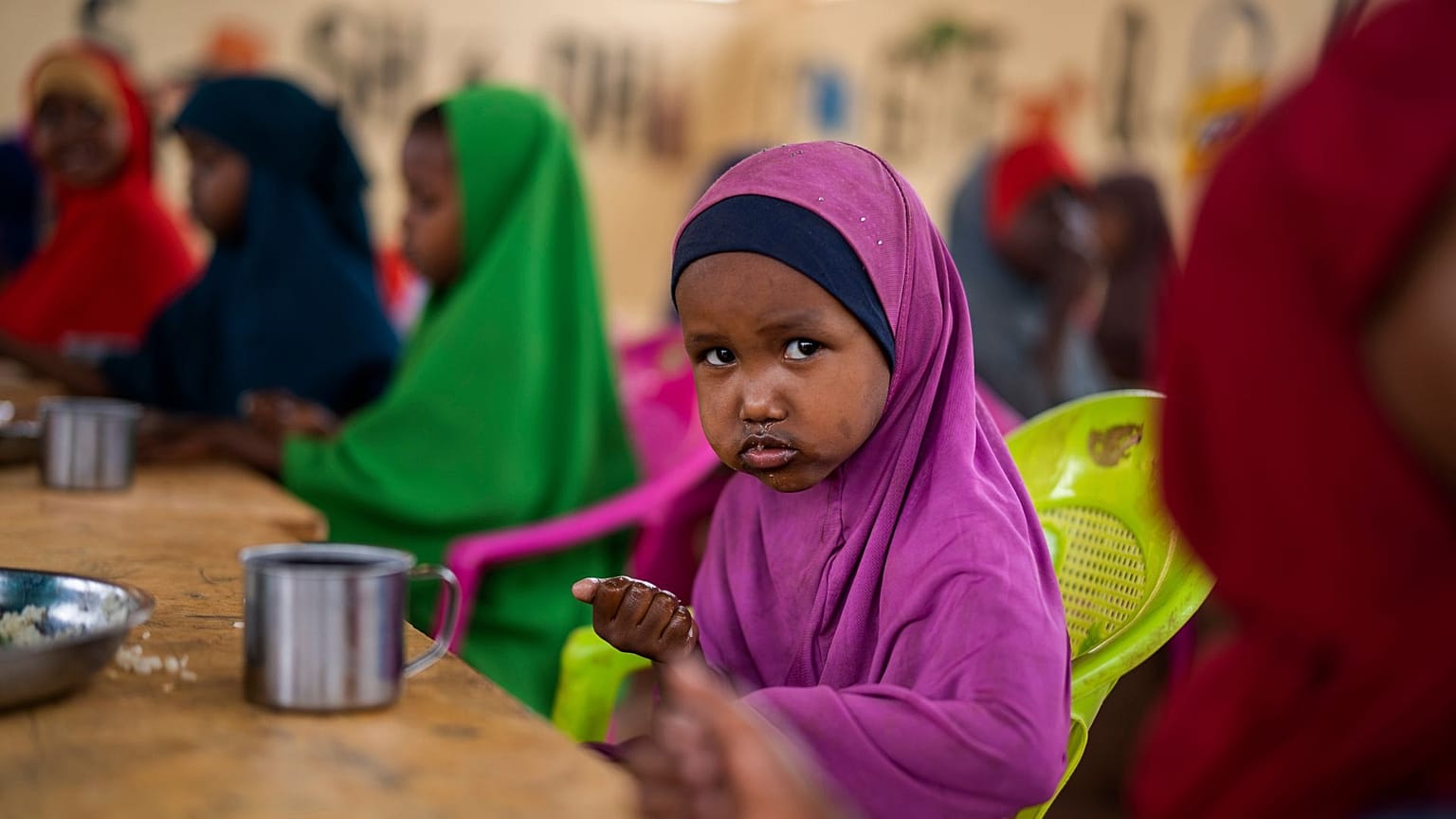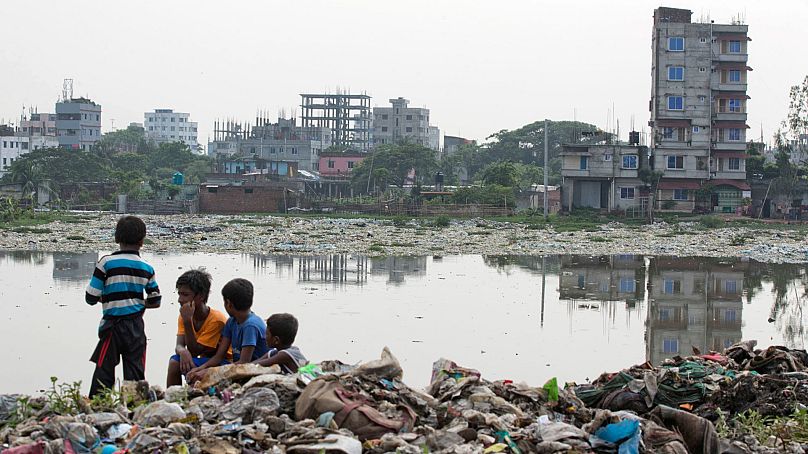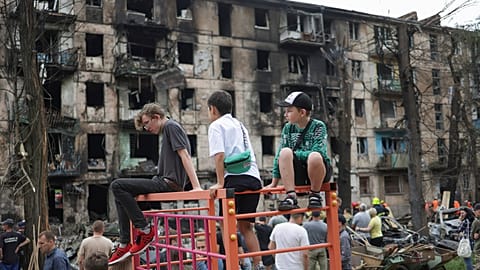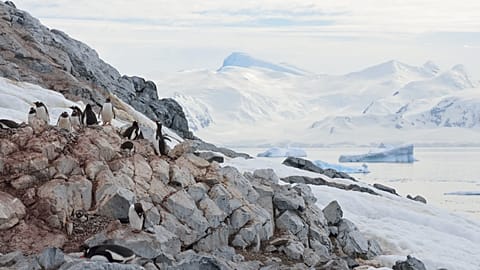Children’s needs are being ‘woefully neglected’ by international climate funds, according to a damning new report.
Climate funding “woefully neglects” vulnerable children, a damning new report has warned, with less than three per cent of key financing meeting their needs.
A billion young people face extremely high climate-related risks, UNICEF data shows.
But according to the Children’s Environmental Rights Initiative (CERI), these children are largely ignored.
The organisation - a coalition that includes Plan International, Save the Children, and UNICEF - has investigated key international climate funds to see whether they consider children.
They found that just 2.4 per cent of multilateral climate funds (MCFs) - amounting to roughly $1.2 billion (€1.09 billion) - did so to a satisfactory level.
“The findings are stark,” says Kabita Bose, Country Director at Plan International Bangladesh.
“Urgent and effective investment is key to adapting to climate change, and is particularly critical for children, especially girls who are highly susceptible to the short and long-term impacts.
“Yet current spending almost ignores children entirely - this needs to change.”
How will climate change impact children?
Children are particularly vulnerable to the intensifying climate crisis.
Young people have developing immune systems and bodies, and are more likely than adults to suffer from heat-related illnesses, respiratory problems and infectious diseases. Food and water scarcity further threaten their intellectual and physical development.
Climate change also destroys social services, prevents children from accessing education and healthcare, and erodes safeguards against exploitation and trafficking.
The climate crisis is a “child’s rights crisis,” says Paloma Escudero, Special Adviser for Climate Advocacy at UNICEF.
“Every child is exposed to at least one - and often multiple - climate hazards,” she says.
“The finance and investment that is desperately needed to adapt critical social services like health and water to climate hazards is insufficient and largely blind to the urgent and unique needs of children. This must change.”
How does climate financing work and what are Multilateral climate funds?
Climate financing is the allocation of funds to projects and activities addressing climate change. This money comes from plenty of sources, including governments and private investments.
Multilateral climate funds (MCFs) are a specific type of climate financing mechanism.
They are established at the international level and act as financial intermediaries, pooling resources from donor countries and organisations before channelling them to projects in low income countries.
These organisations often ‘set the agenda’ for broader climate finance, the report warns - making it all the more urgent that they prioritise children.
The CERI coalition report analysed MCF financing between 2007 and 2023, and concluded that existing models have failed.
The report urges financiers to prioritise projects strengthening services like schools and child nutrition. It also calls for the inclusion of children - with their “positive energy and bright ideas” - in decision-making.
Maria Marshall, a 13-year-old UNICEF child advocate and climate activist from Barbados, echoes this call.
“Children are the future, but our future is shaped by the actions of those making decisions in the present, and our voices are not being heard,” she says.
“As this report shows, funding climate solutions is an obligation, but how that money is spent also matters. Children’s needs and perspectives must be included.”



















